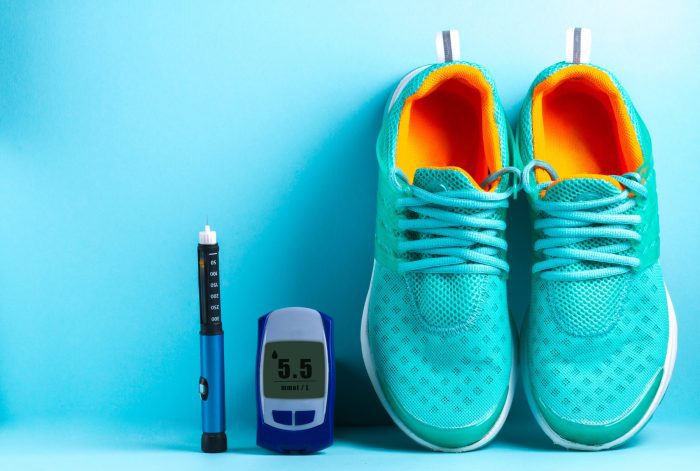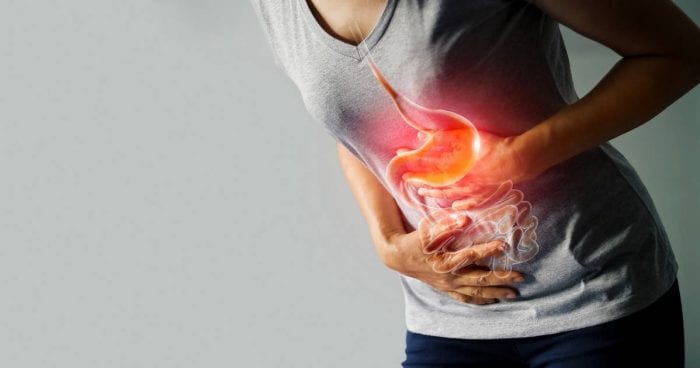When it comes to health, women’s intuition isn’t just a hunch – it’s practically a superpower. According to recent research from MD Live by Evernorth, more than two-thirds of women say they have a sixth sense when it comes to their health. This “ill-tuition” is the innate ability to sense when something may be wrong with your body – and 81% of women trust it. Yet, despite this trust, most women hold off on seeking care until their symptoms interfere with their daily lives, instead of being proactive at the first sign that something is off. This delay can lead to unnecessary worsening of symptoms.
“Many common symptoms can be early warning signs of an underlying health condition. Ignoring your body’s signals can prevent timely diagnosis and treatment,” explains Dr. Vontrelle Roundtree, Associate Chief Medical Officer for MD Live by Evernorth. “Trusting your intuition and acting on it early can make all the difference in managing your health.”
Roundtree discusses five common symptoms that women tend to dismiss, according to the research, what conditions they may point to and why it’s important to seek timely medical care when your intuition sounds the alarm.
1. Itching that doesn’t go away
Itching may seem like just a minor annoyance, but if it’s persistent, it may point to various underlying health issues. Itching could signal hormonal fluctuations, skin conditions like eczema, or even liver or kidney problems. Itching without a visible rash can be a sign of broader health issues because it often indicates that the root cause lies beneath the surface of the skin rather than on it. For pregnant women, persistent itching may be a symptom of cholestasis, a liver condition that requires immediate medical attention.
2. Persistent bloating
Bloating is normal after eating a big meal or when experiencing the occasional digestive issue. But, when bloating occurs frequently, it could be a sign of gastrointestinal disorders such as irritable bowel syndrome (IBS). Bloating that gets worse over time could be a symptom of stomach inflammation or certain cancers. In fact, bloating is one of the more common early warning signs of ovarian cancer, caused by the buildup of fluids in the stomach.
3. Fatigue
Feeling tired is often unavoidable, especially for women balancing work, family and other responsibilities. However, when that tiredness becomes persistent and starts affecting your quality of life, it might point to fatigue, a debilitating condition that significantly impacts your daily life. Fatigue is often a symptom of an underlying chronic condition, such as diabetes, heart disease, depression or thyroid disorders. If a good night’s sleep or taking time to rest doesn’t make a noticeable difference in your energy levels, it’s time to consult a doctor to explore the potential causes.
4. Unexplained weight fluctuations
It’s not uncommon for a woman’s weight to naturally fluctuate, especially during their menstrual cycle. However, unexpected weight gain or loss can indicate hormonal imbalances, thyroid problems or metabolic disorders. When weight changes are sudden and not resulting from changes in your diet or exercise routine, it’s important to rule out any larger health issues, like cancer or chronic illness.
5. Chronic anxiety
Although anxiety is commonly associated with mental health disorders, its presence can also point to underlying physical health issues. If you’re feeling anxious without a clear reason, or your anxiety is constant, it’s important to explore whether a physical condition could be contributing. Anxiety is often linked to cardiovascular diseases and endocrine problems, like hyperthyroidism. Regardless of whether it stems from something physical or mental, early intervention is critical.
Your first call: A doctor
These symptoms may not always seem urgent, but it’s important not to ignore them, especially if they become persistent or chronic. “If you feel something is off with your health, trust your intuition and seek medical advice promptly,” Roundtree advises. “Doctors are here to help you get to the bottom of your symptoms – no matter how big or small they may seem.” When your instincts tell you something is off, you can schedule a virtual visit with an MD Live board-certified doctor to get an expert medical opinion without unnecessary delays.
Remember, it’s always better to address a potential health concern when it’s small rather than wait until it becomes more serious. The next time your ill-tuition kicks in, trust it. (BPT)
















